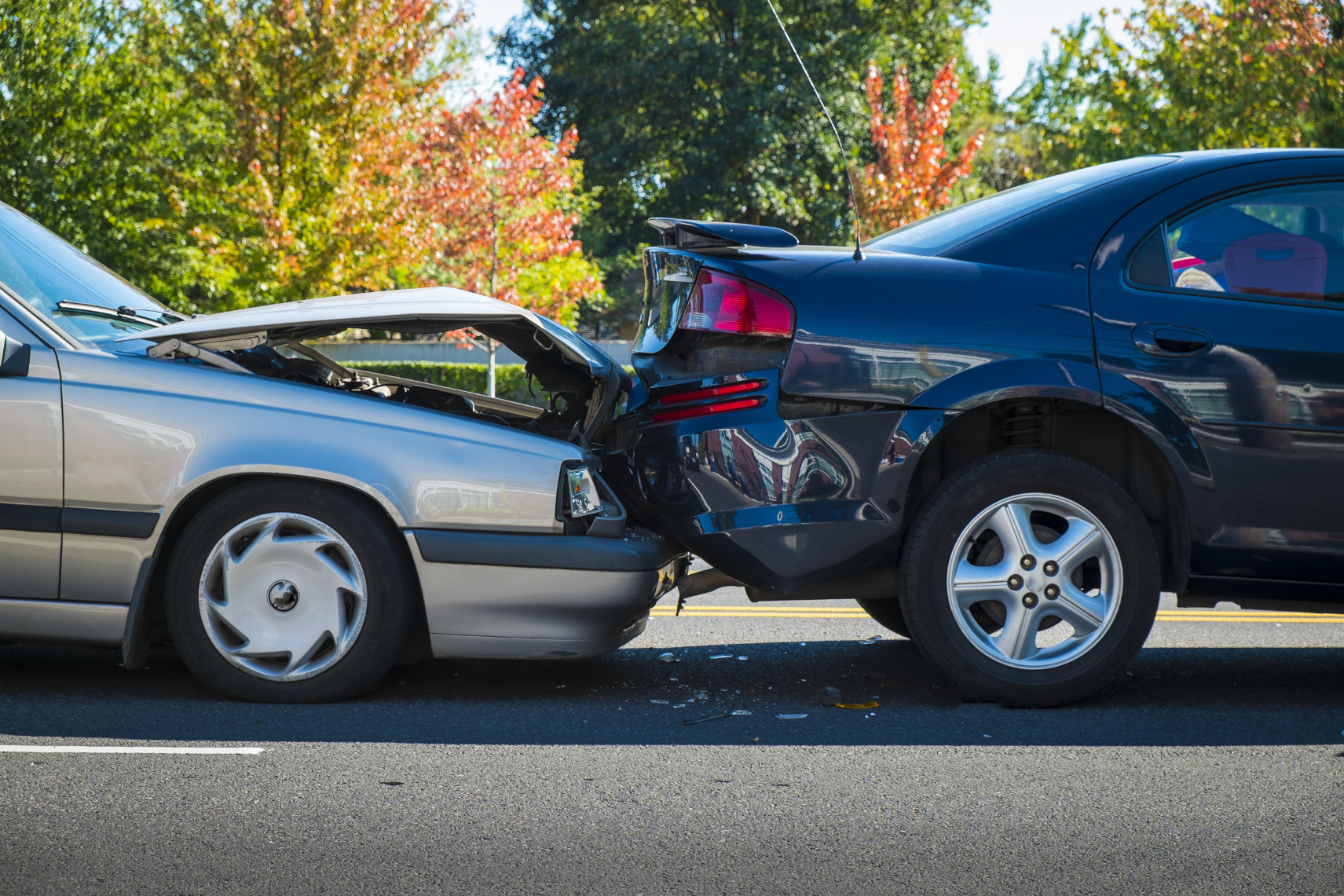Being involved in an accident is a worrying and uncertain time for the injured party. For some, their injuries may mean they are unable to work resulting in a loss of income and additional worry, especially if the individual is a main breadwinner and has no savings to fall back on.
In the case studies below Stuart Biddle our Head of Personal Injury discusses two case studies which illustrate the importance of interim payments. These were used to assist the clients in making a recovery and to make adaptations to properties following the permanent injuries that were suffered.
What is an interim payment?
An interim payment is a payment made on account of damages. It is quite common in serious injury cases for the insurers to agree to pay an interim payment to the claimant on account of damages. Following a serious injury, the claimant can often experience quite significant financial hardship as well as delays in obtaining treatment via the NHS. Interim payments can often be used for a whole host of reasons and are commonly requested to cover loss of earnings. It can take some time to obtain appropriate treatment by the NHS and an interim payment can help facilitate and speed up the process of obtaining treatment which can then be used to fund the cost of private treatment. An interim payment can also be used to supply aids and make adaptations to the claimant’s property for example modifications to the bathroom or kitchen or Improvements to access to the property.
Case Study One – Road Traffic Accident
We acted for a claimant who was a pedestrian in a road traffic accident with significant injuries which included traumatic head injury with potential risk of epilepsy, right occipital infarct stroke, a highly unstable fracture of the vertebrae, possible bilateral rib fractures; pneumothorax and haemothorax, fracture to the left scapula.
He spent a significant period in hospital and required a great deal of rehabilitation. He has been left with permanent injuries which include significant mobility restrictions.
We were able to secure an interim payment which enabled us to obtain case management and rehabilitation facilities.
This payment in part was used to make significant modifications to his property which included the installation of a brand-new bathroom designed and built to consider the mobility restrictions using a specialist company.
A stairlift was installed, to enable him to access his bathroom during the day. Improvements were also made to the outside of the property where a storage unit and electrical power point was installed to enable him to store and charge his mobility scooter. Modifications were also made to his garden for ease of access to his property and to keep the garden low maintenance.
In some circumstances a claimant may need to be rehoused because of serious injury. The claimant in this case wanted to remain in his property and with the modifications which were made using the interim payment a degree of comfort leading to an improvement in his quality of life was achieved.
The full claim was eventually settled successfully with the recovery of significant six figure damages.
Case Study Two – Slip in Supermarket
The claimant suffered a fracture of the left elbow after slipping at the premises of a supermarket.
She unfortunately struggled to make a recovery and see significant improvement in her symptoms and was eventually diagnosed with Chronic Regional Pain Syndrome. She underwent pain management with the NHS but regrettably this was not as regular or intensive as she required. A medicolegal expert recommended a course of residential rehabilitation, and an interim payment enabled her to undergo a two-week course of residential pain management. She had developed pain in her left arm, left side of neck and back. Following the completion of a course of residential pain management she saw significant improvement in her pain symptoms and range of movement. She was able to do more things, she was pleased that she could hug her family and could hold her partner’s hand. She still had pain around the site of the injury which was likely to be permanent. The course of pain management taught her ways in which to cope and make the pain a lot easier to deal with. She felt more confident and positive and overall had seen a significant improvement of her mobility.
The full claim settled successfully for a significant six figure sum.
Conclusion
The above case studies illustrate how interim payments are used in different ways to help claimants following an accident. The interim payments were put to very good use and the claimants because we were able to secure large interim payments saw a significant improvement in their quality of life and day to day comfort.
The above cases were dealt with by Stuart Biddle who is the head of the Personal Injury team at Gorvins and has over 25 years’ worth of experience of dealing with personal injury claims.
–
If you would like to discuss or make a claim, please call us on 0161 930 5117 or send your enquiry to our team via the online contact form.

